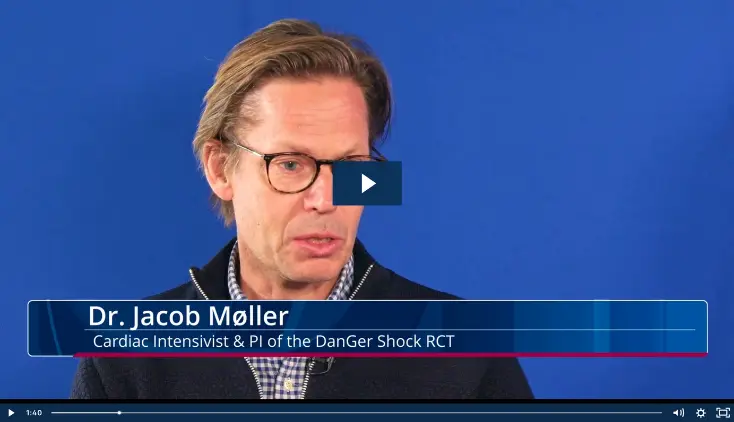Access & Closure, Protected PCI
Pre-Procedural Clinical Workup for Protected PCI
Fadi Al-Rashid, MD, discusses his publication titled “Standarized pre-procedural clinical workup for protected percutaneous coronary intervention (Protected PCI).” This is one of 8 articles published in European Heart Journal Supplements in 2022 describing best practices in protected percutaneous coronary intervention (Protected PCI). Dr. Al-Rashid is an interventional cardiologist at the West German Heart and Vascular Center, University Hospital Essen, in Essen, Germany.
In this publication, Dr. Al-Rashid writes, “Whenever possible, a careful pre-procedural assessment of indication, patient profile and access should be integrated into the local protected percutaneous coronary intervention (Protected PCI) algorithm to ensure procedural safety and efficacy.”
Dr. Al-Rashid explains that pre-procedural workup for patients undergoing Protected PCI not only involves preparing the Impella® device, but preparing for potential complications. “This is like a Heart Team approach which you do in the cath lab,” he states, emphasizing the importance of involving not only the interventional cardiologist, but also an anesthesiologist, echocardiographer, vascular surgeon and cardiac intensivist.
Dr. Al-Rashid presents an algorithm for the pre-procedural clinical work-up of a Protected PCI patient that emphasizes ruling out contraindications to Impella heart pump use, assessing the femoral access site, and use of imaging to ensure a safe puncture site. He discusses optimizing vascular access prior to the procedure to minimize vascular complications, emphasizing “If you don’t have a good access, you will not have a good closure at the end.” He explains that there are several imaging options available to assist in vascular access. Computed tomography (CT) may be helpful to look at the femorals, iliacs and aorta prior to the procedure in particularly complex patients. In most patients, however, coronary angiography is appropriate to look for potential impediments to vascular access. Vascular ultrasound and fluoroscopy are helpful for optimal puncture to reduce potential vascular complications.
NPS-3984


